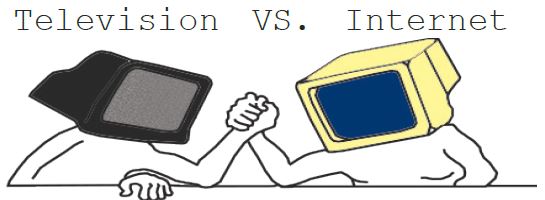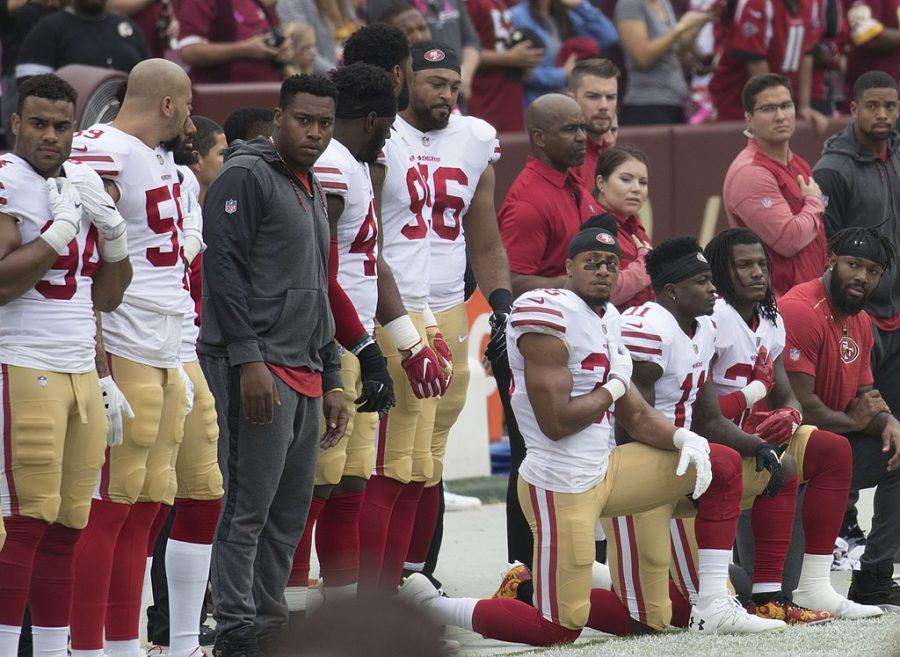
You come home after a laborious and exhausting day at school and just want to relax. You plop down onto your couch with a bag of chips in one hand and a soda in the other, turn on the TV, and put on Netflix. You choose your favorite show, Breaking Bad, thrilled to watch the new episode. You used to watch it on the AMC channel, but once you had an opportunity to watch it on demand—whenever you wanted to—you couldn’t resist.
The TV business is facing one of its worst years in decades. Before the era of smartphones and the Internet, one way people kept themselves entertained was by watching TV. However, as our society began shifting toward more advanced pieces of technology, more and more people began watching their favorite TV shows and movies on streaming services, like Netflix and YouTube, allowing them not only to save money but also save time. On July 16, 2015, Google’s chief business officer, Omid Kordestani, stated that the video-sharing platform “YouTube” had surpassed all cable networks to the demographic of 18 to 49-year-olds. Since most of what we watch is on demand, opening YouTube or Netflix on your iPhone is much more convenient than turning on your TV and surfing through hundreds of different channels only to find a few of your favorite channels. And if you’re unlucky, you’ll then be forced to wait until the advertisements are done.
The cost of satellite and cable TV has risen dramatically, leading to an inflation of bills, and as a result, many consumers are no longer willing to pay. This year, the average cost of access to basic cable channels is about $123.00 per month, according to the NPD Group. The monthly cost is expected to skyrocket to $200.00 by the year 2020. Consumers won’t pay for a lot of channels they don’t even watch, so instead, smaller bundles of cable are bought. Americans pay about $65.00 for broadband, according to research done by Point Topic, and at a lower cost the Internet also offers unlimited content throughout millions of websites. For example, YouTube has thousands of hours of content uploaded every week. Nowadays, many people obtain their news from the Internet as well. TV subscription like cable is inferior to portable streaming services used on smartphones or laptops. If your phone has LTE, you could watch your favorite shows while traveling or when you are at school. Cable TV is just too expensive compared to Netflix, Amazon, and Hulu. Netflix and Hulu will set you back $7.99 per month while Amazon Prime will be $8.25 per month. A person would only have to subscribe to one service to fulfill all their entertainment needs, compared to Comcast who offers 140 TV channels for $44.99. Why would customers spend money on something where the same content could be accessed somewhere else, in a better manner?
Cable companies have never had any major competition for several decades until now. Google Fiber, a broadband internet and cable TV providing service, is one of the latest contenders to create pressure for these companies, and even other internet companies as well. Their Internet plan is at least 50 times faster than the average broadband plan. In 2013, Comcast offered many customers an opportunity to increase their Internet speeds at no cost. Back in 2014, AT&T bought DirecTV for $48.5 billion. DirecTV was the second largest cable service provider, right behind Comcast. AT&T used this expansion to create a larger broadband, have a six megabits per second speed guaranteed, and abide by net neutrality for its Internet users. Almost every major technology provider, such as Best Buy and Walmart, offer smart TVs that can directly access the Internet and to groups of streaming programs.
In the end, the demise of cable TV is inevitable. It is far more convenient to watch a movie or TV series on any portable device than to find the show on TV. As more companies join the competition of bringing consumers a way to reach entertainment, cable companies are struggling to prosper. With the exponential growth of on-demand services, someday, the cable industry will become an artifact of the past.


